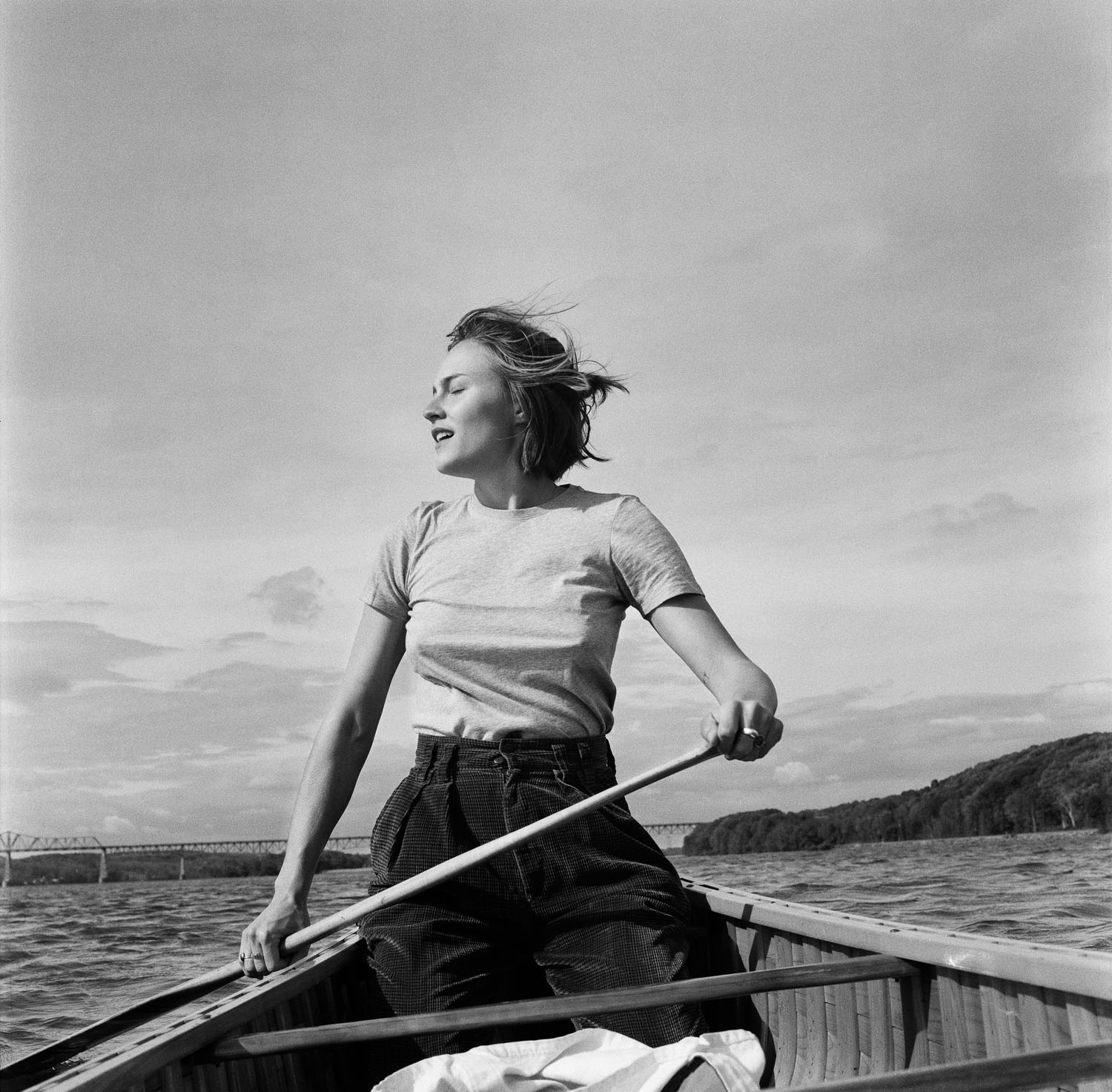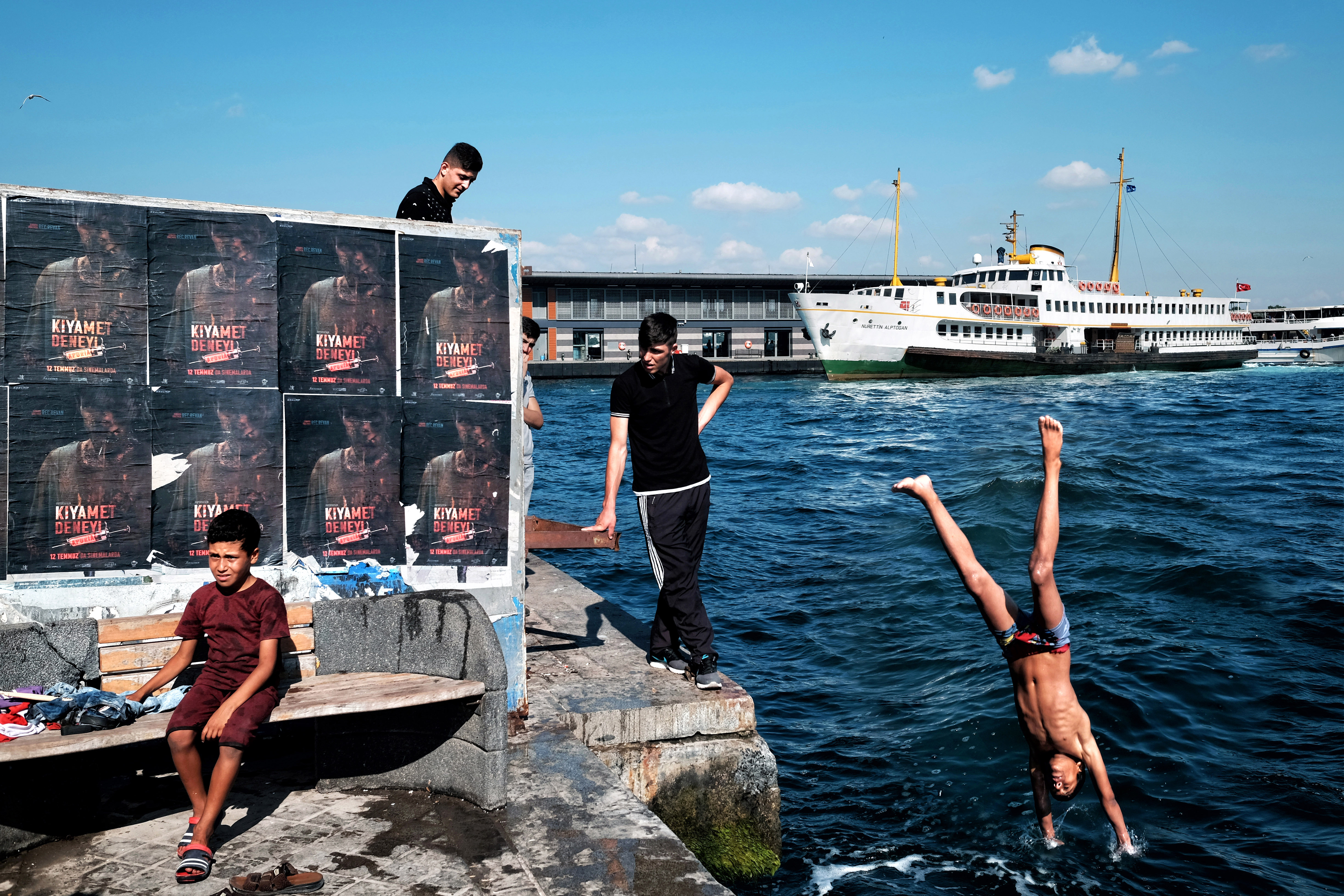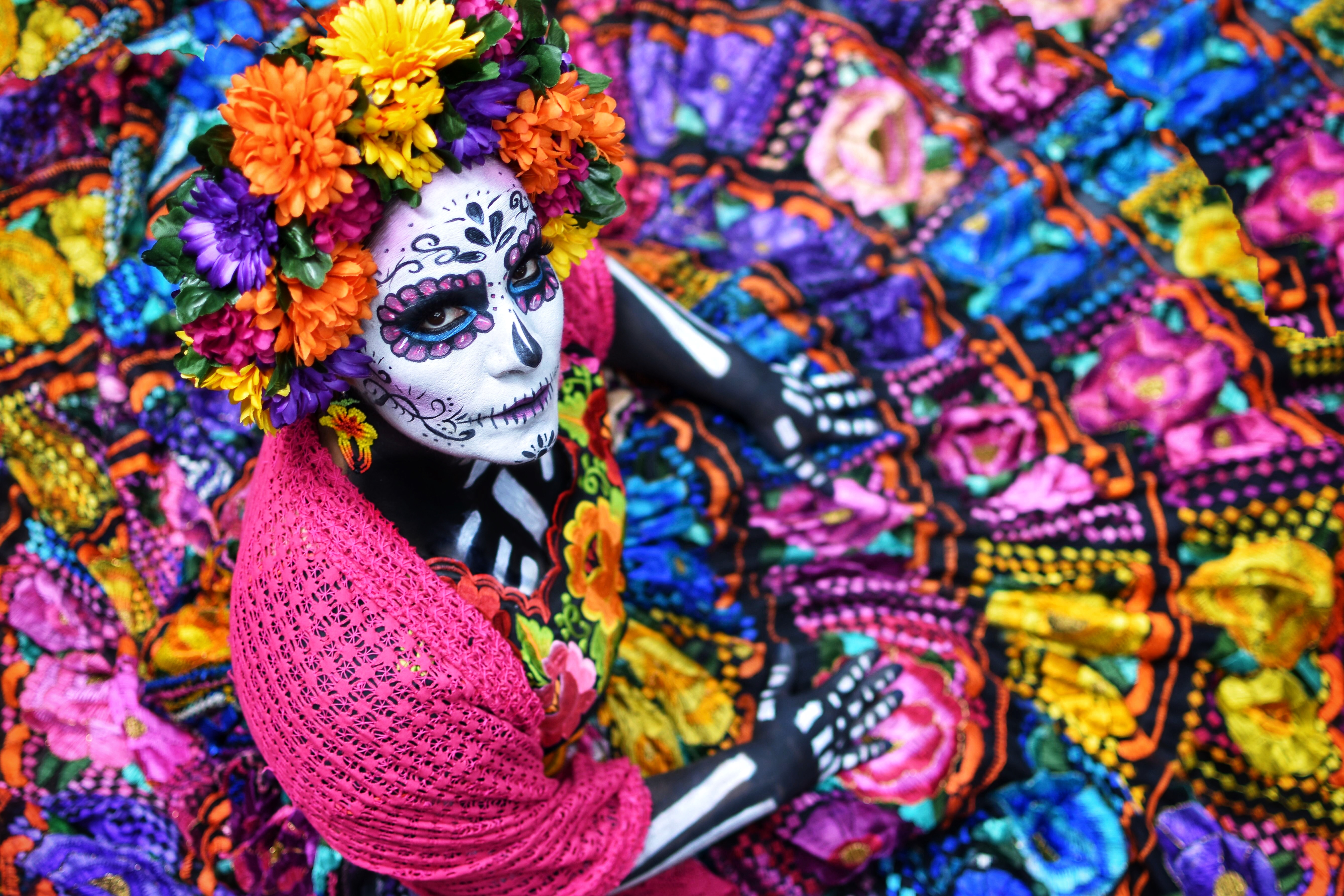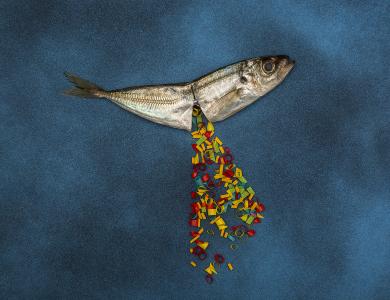To celebrate the announcement of the 2021 Sony World Photography Awards jury, we’re launching our new series Under Review. Every two weeks we’ll be putting one member of this year’s judging panel under the spotlight to help you go further in this year’s competitions. First up is Open and Youth competitions judge Gastón Deleau.
Deleau is the Founder and Director of FOLA, a space in Buenos Aires dedicated to photography. Some of the institutions landmark exhibitions include Graciela Iturbide, Alberto García Alix and Vivian Maier. Deleau focuses on the development and launch of many cultural and artistic initiatives including cultural tours, photography fairs and collaborations with charities. We caught up with Deleau to hear his insights...

I don’t usually participate in judging competitions but the Sony World Photography Awards caught my attention because of its history of professionalism and recognition.
What makes you want to look at an image again and want to know more about it?
It’s really hard to pinpoint what it is that makes me want to look at a photograph over and over again. In my case, I think it’s largely instinctive, I naturally feel drawn to an image when it has something more to say. It needs to be more than just a good shot, my attention is caught when I know there’s a story there.
In 2015 you initiated FOLA (Fototeca Latinoamericana). What is the photographic community like in Latin America? How do you think the Sony World Photography Awards can develop the industry?
I really think that Latin American photographic community is very rich. There’s a great number of artists using photography to show profound subjects. I think each country has its own style but, at the same time, it’s very difficult to label an artist by nationality. If we just show a picture, without references or background, it would be difficult to give assign the creator to a nationality.
We had an interesting case in FOLA with Thomas Looke Hobbs. He is from the United States and has incredible work about the Iquitos Jungle, in Peru, called Maravilla del Mundo (which translates to Wonder of the World). It’s an amazing piece work with such a great sensibility that you would say it’s by a local artist. It’s the same thing with Yann Gross, a Swiss artist, with his series El Libro de la Selva. Competitions like the Sony World Photography Awards give artists strength and hope to keep working and investigating. It gives them the opportunity to keep pursuing their goals and knowing their art goes beyond frontiers.

What are the benefits to photographers entering photography competitions?
I think there are several benefits. Mainly, of course, competitions make photographers’ work visible to important members of the art community and, through them, to the world. Also, there are prizes and incentives to keep entering.
What will you bring to the judging process?
I don’t usually participate in judging competitions but the Sony World Photography Awards caught my attention because of its history of professionalism and recognition. I think I can add a different view, a fresh but experienced perspective as I have more than 30 years’ experience in the photography market.

What advice do you have for photographers thinking about entering the Sony World Photography Awards Professional competition?
To take the opportunity! This is a great way to show others what you do. Also, if you have the talent and the luck that’s needed, you might get the first prize to push your work forward. This prize is iconic in the photography world. It’s also a good idea to participate in as many awards, competitions and grants as you can.
How would you describe photography right now?
I think photography is currently in a great moment. The world is getting more and more visual and social media has done a great job in this proliferation of images, yet that sometimes can be overwhelming. Access to photography is very democratic nowadays. There is a camera in almost every house around the world, sometimes with a camera, sometimes with a smartphone. The digital world reduces barriers dramatically. It’s now easier than ever to take pictures almost free of cost. But in my heart analogue photography is still irreplaceable. Great photographers still rely on the traditional system and keep living the magic of the darkroom and the birth of an image on paper.



